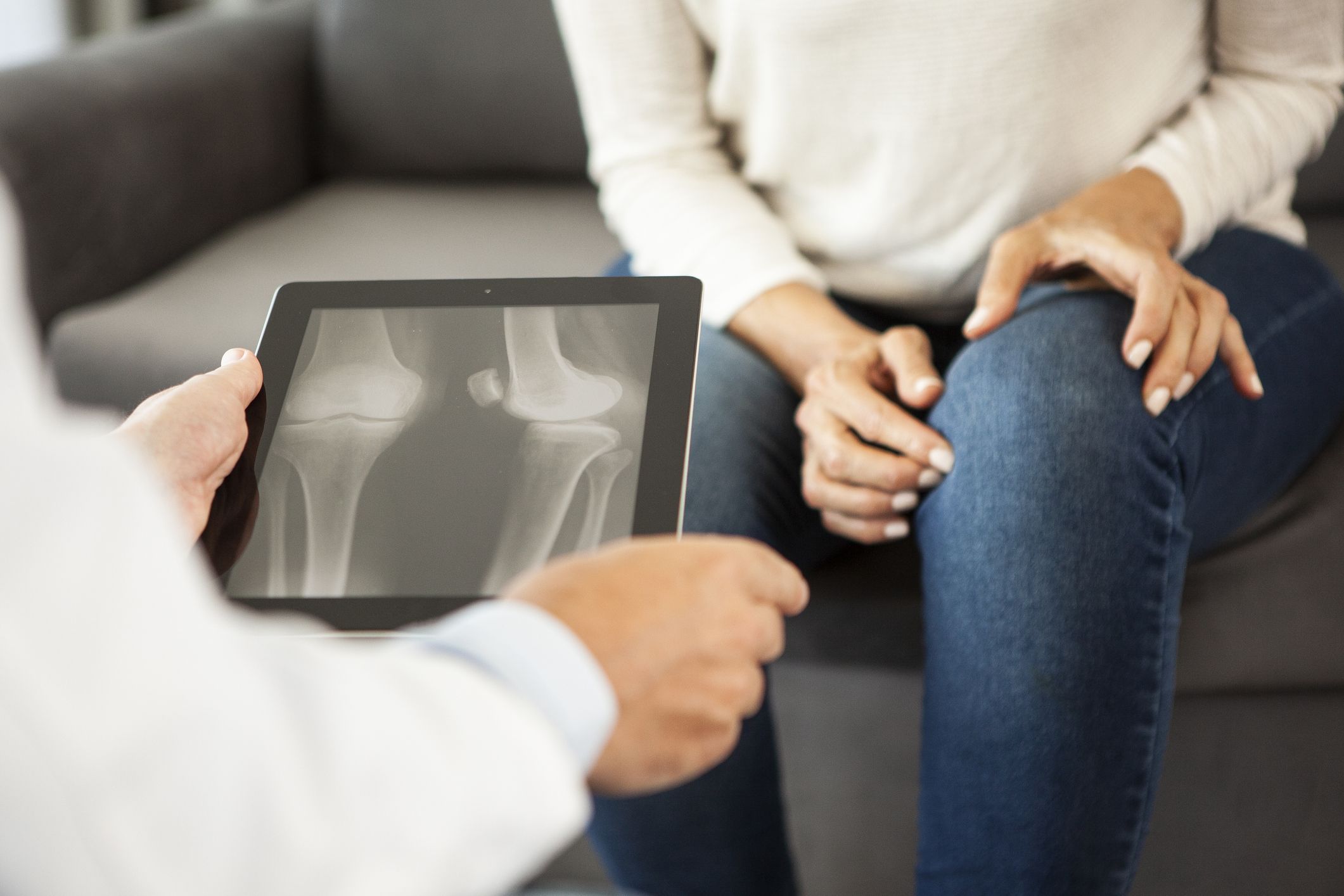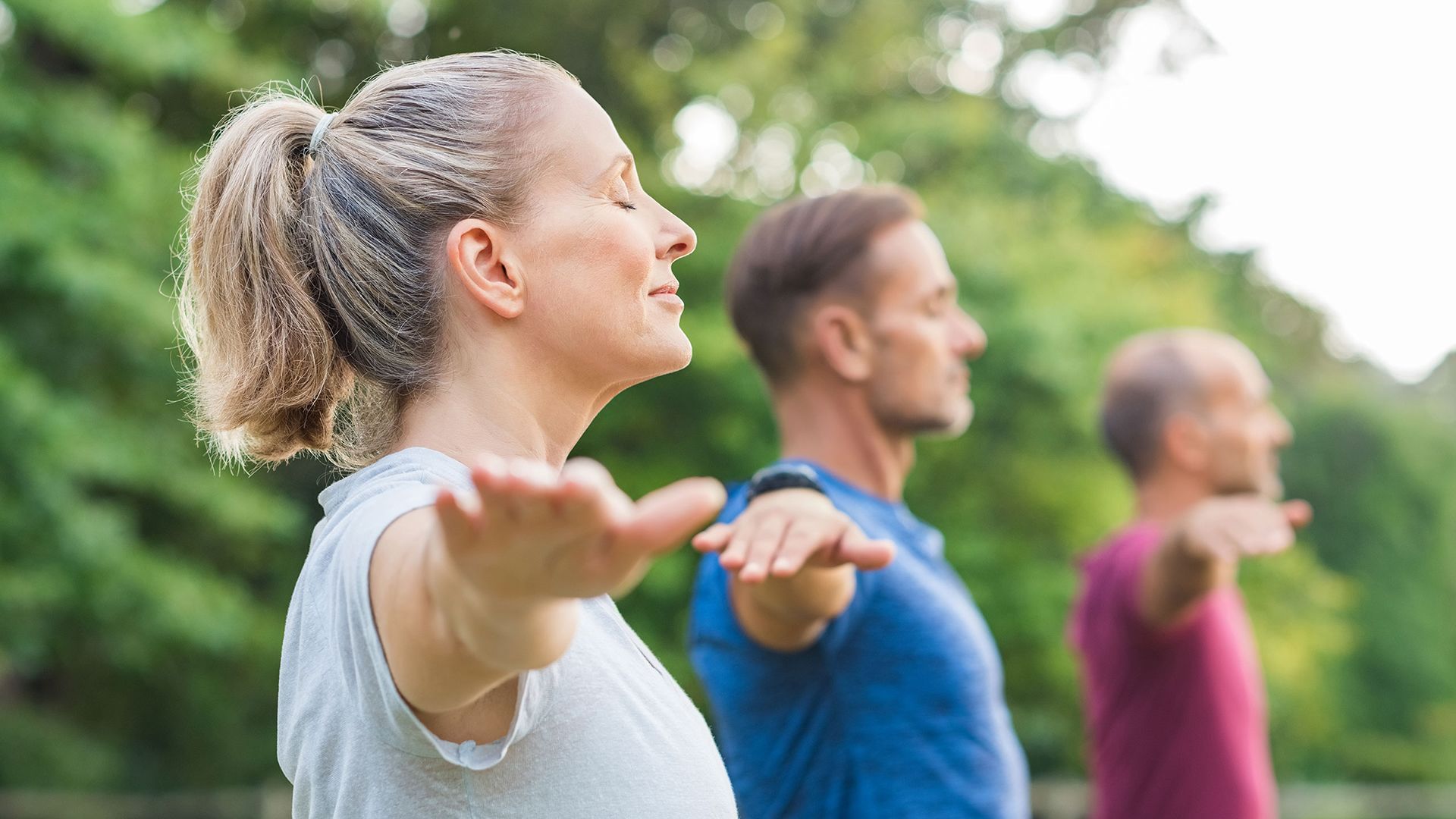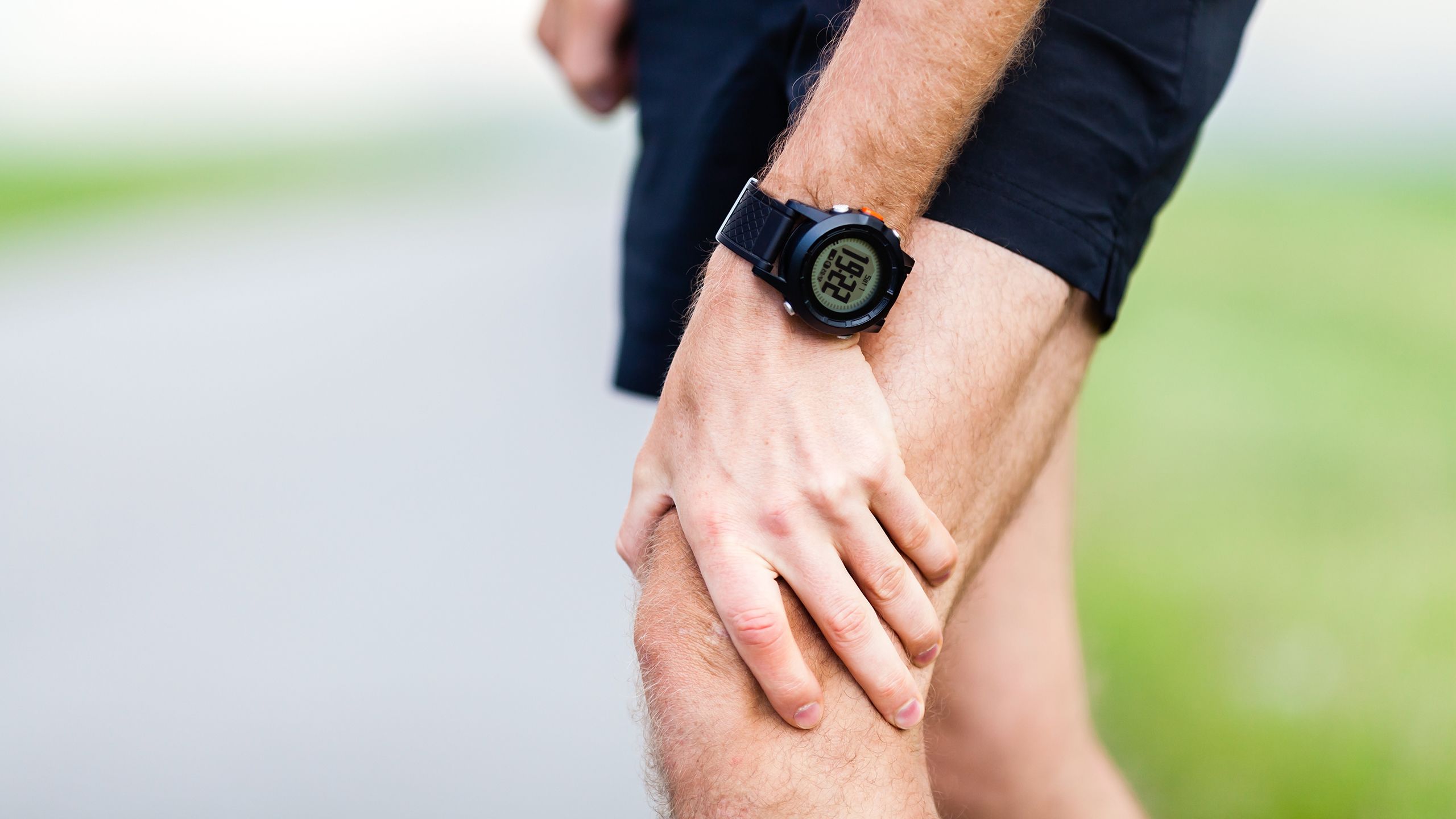Updated on October 28, 2024
If you’re one of the roughly 33 million Americans who have osteoarthritis, chances are you’ve heard a myth or two about this degenerative joint disease. But separating fact from fiction is key to helping you make good choices when it comes to preventing or treating knee osteoarthritis.
Here are some of the most common misconceptions about knee osteoarthritis—with the facts you need to know.
Myth: Jogging causes knee osteoarthritis
Fact: If you love to run for fun, but are worried about developing osteoarthritis, you can relax. Joggers who are otherwise healthy—in other words, those who are at a healthy weight and have not suffered traumatic knee injuries—are actually no more likely to have osteoarthritis of the knee than people who don’t jog. In fact, jogging may actually condition the cartilage in the knee to withstand the stress involved.
Meanwhile, loss of strength in the muscles that support the knee is associated with increased pain and disability. This muscle weakness could even hasten the rate at which knee osteoarthritis progresses. Since running helps strengthen the muscles supporting the knees, your jogging routine may help stave off pain and stiffness. And according to the Arthritis Foundation (AF), research has shown that people who aren’t active are at a much higher risk of both hip and knee osteoarthritis than those who regularly run.
If you have any concerns about your knee health, check with your healthcare provider (HCP) before starting a running program. When you do run, make sure you observe proper running form and select appropriate shoes that fit properly.
It’s also noting that the potential knee-health benefits of running apply mainly to recreational runners. Running competitively (at great distances and volumes) can put wear and tear on the knees and hips.
Myth: Knee osteoarthritis affects men and women equally
Fact: Women are more likely to have knee osteoarthritis than men. In fact, women older than age 50 have twice the risk of developing the disease than men. According to the World Health Organization (WHO), worldwide, 60 percent of people with osteoarthritis are women. Women—and, notably, Black people—are also more likely to have more severe disease, with pain and disability.
Men and women share some risk factors for knee osteoarthritis, including previous knee injury, high blood pressure, and low step rate. (Step rate refers to the number of steps you take per minute when walking or running.)
But men and women also have some distinct risk factors for knee osteoarthritis, according to a 2023 systematic review published in the journal Rheumatology. For men, these included abdominal obesity and drinking soda. For women, these include having a high body mass index (BMI) and drinking alcohol.
Myth: You can't prevent knee osteoarthritis—it’s an inevitable part of aging
Fact: Many risk factors for knee osteoarthritis are at least partly within your control. Being overweight, for example, increases pressure on your knee joints. Losing weight eases this pressure and can lower your risk for knee osteoarthritis. In fact, if a young person with obesity loses 10 to 15 pounds, it may significantly lower their risk of knee osteoarthritis.
Being physically active keeps your bones and muscles healthy, which can also help prevent the development of knee osteoarthritis. Avoiding certain activities—such as repetitive knee bending or stress on the knee—can also reduce your risk for osteoarthritis.
That said, it’s true that you can’t change some risk factors for osteoarthritis of the knee. The incidence of osteoarthritis does increase with age and having a family history also raises your risk.
Myth: If you have knee pain, it must be osteoarthritis
Fact: Osteoarthritis of the knee is certainly a common cause of knee pain, but it’s only one of more than 100 types of arthritis. Many other types can also affect the knee joint, which makes it important to get an accurate diagnosis. The treatment for osteoarthritis, for example, is very different from the treatment for gout or rheumatoid arthritis, a chronic inflammatory disease.
The human knee is also prone to injury. Many athletes twist or push the knee joint beyond its intended range of motion. A car accident or other sudden trauma can also cause acute knee pain. Bursitis and tendinitis, two other inflammatory conditions, can also result in knee pain. Your HCP can identify the true cause of your knee pain and make sure you receive the appropriate treatment.
Myth: If you have osteoarthritis, you’ll need surgery
Fact: Maybe you will, but maybe you won’t. Patients with advanced osteoarthritis who don’t respond to other types of treatment usually find significant relief and improved quality of life after knee replacement surgery. Meanwhile, most people with mild to moderate osteoarthritis find that a combination of medication, lifestyle changes (including a healthy diet), and other therapies are enough to manage their disease.
For example, physical therapy and regular exercise can help you strengthen the muscles around the knee joint and improve your range of motion. If your knee osteoarthritis is severely disabling, talk to your HCP about whether knee replacement surgery is right for you.






